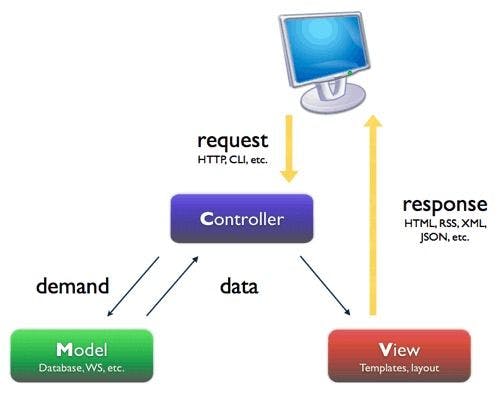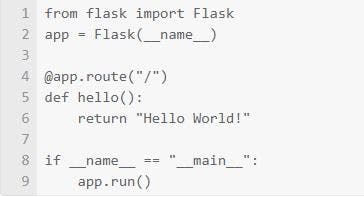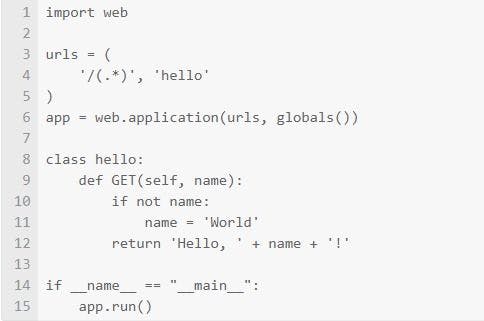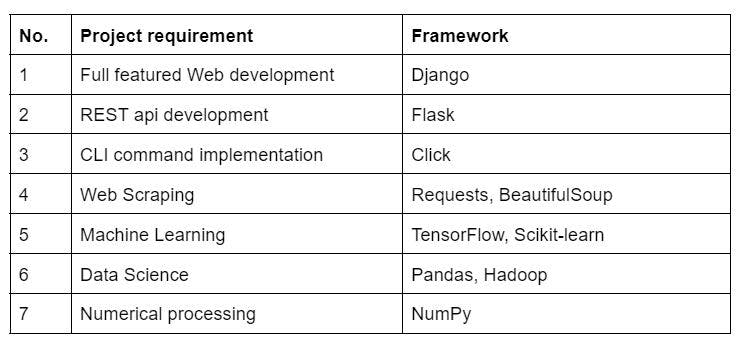Python Frameworks for Web development: How to Choose the Best One
•5 min read
- Languages, frameworks, tools, and trends
- Skills, interviews, and jobs

Python is among the most used programming languages. While it is typically viewed as a language for data science, machine learning, and IoT (internet of things), its standard collection of libraries and easy-to-learn coding syntax make it a popular mechanism for web technologies. Brands like Spotify, Instacart, Pinterest, and even Google use Python as their primary language.
What is a Python framework?
Python frameworks are collections of pre-written codes that developers use when building web applications. They save time in low-level common protocols and repetitive processes.
When and why do you need a Python framework?
- When you’re building a dynamic web application with CRUD operations.
- You want to separate UI and associated logic but need a system for execution.
- You repeat the same codes for activities like user authentication, sessions, and other tasks surrounding your application.
- You’re working with deadlines with limited time and resources.
Types of Python frameworks
Python frameworks can be categorized into three fundamental types:
1. Full stack framework
Full stack, also known as enterprise framework, has built-in libraries that offer a one-stop solution for all types of requirements including creating forms, templates, and layouts. This framework supports backend functionality, frontend interface, and database. Examples include Django, Pyramid, Web2py, CubicWeb, TurboGears, etc.
2. Micro frameworks
These are lightweight frameworks with limited features and functionalities. Developers need them to perform specific operations where they add most of the codes themselves. Some examples are CherryPy, Falcon, Pycnic, Bottle, Flask, Dash, etc.
3. Asynchronous
This is the latest addition to the Python bandwagon. It enables developers to manage a massive set of concurrent connections. Asynchronous framework feeds on Python’s Asyncio library. Examples include Tornado, Sanic, Growler, etc.
How to choose the best Python framework
Here are some of the factors to consider when choosing Python frameworks for web development:
Size and nature of the project
The first order of business is to evaluate the size of your project. If your aim is to develop a large packed system with advanced features and modules, full-stack frameworks are the best choice. On the other hand, if the project is small and has minimal requirements, consider using microframeworks.
Scalability of the framework
The second factor to consider is the framework’s ability to scale the project vertically or horizontally. This is especially relevant when websites will be run on multiple servers and will simultaneously handle a heavy load of traffic.
Multi-view-controller (MVC) pattern

MVC is commonly used in all Python frameworks. It maintains the data (model), logic (controller), and user interface (view) and separates them from each other. This results in writing codes in a better form, which eventually converts to qualitative applications.
Although MVC is present nearly everywhere, this shouldn’t be the sole fact that influences your choice of Python framework. There are other variations as well, such as model-view-presenter (MVP), model-view-adapter (MVA), and model-view-viewmodel (MVVM).
- Model-view-presenter (MVP): An alternative for the traditional software architecture, MVC. Model handles the database, view deals with the user interface, and presenter fetches information from the model to systematically represent data.
- Model-view-adapter (MVA): An upgrade over triad in which the communication between model and view must pass through the adapter. It replaces the controller with an adapter in MVC.
- Model-view-viewmodel (MVVM): It splits the dual job of view of fetching data and its logical representation. In MVVM, view renders data and the data components operate in the ViewModel.
Budget and hosting
Developers instinctively favor creating their websites on cutting-edge platforms, but budget is usually a concern for clients. Dedicated hosting, although superior, costs more while shared hosting, although cheaper, provides mediocre modules and plugins.
Installation
Ease of installation is a key factor when deciding the type of Python framework to adopt. Some frameworks may be fast and efficient but may require users to go through numerous, elaborate installation steps. This can also impact the application itself as it may not be able to deploy to the production server. A framework with a simple installation interface and easier deployment has the upper hand.
Easy-to-set-up Python frameworks
1. Flask

2. Web.py

Learning resources
When evaluating a framework, select the one with the least learning curve. Keep in mind that every framework has its own terms and a dictionary, including naming conventions, directory structure, etc. Some frameworks are flexible while others are rigid and throw errors even for minor mistakes.
In Python, the learning curve of Django is comparatively tough. Frameworks such as Flask and FastAPI offer a wide range of resources, making them easy to grasp.
Core library
Most people adopt a framework for the core library. It must be developed in such a way that it offers liberty from writing the same piece of code while providing the convenience to tinker with it if you want more control or options in your program.
Most Python frameworks offer libraries that constitute almost all of the following:
- AJAX
- Authentication
- Authorization
- Caching
- Templating
- Data sanitization
- Data validation
- URL mapping or rewriting
Documentation
Consider choosing a Python framework with comprehensive documentation that includes examples, snippets, sample codes, blogs, and tutorials. This is because well-explained documentation translates to more problem-solving applications. Poor-quality, as well as incomplete documentation, creates confusion among the community and their trust declines.
Django outshines the documentation of other frameworks as it’s regularly updated with all the concepts in ascending order. Check out the 4-part tutorial here. Web2py is another. It has community resources, demos, and sample codes that are easier to use for a beginner. Pyramid is a licensed framework that has narrative documentation, community support, and some API documentation.
Requirements
Here are some common requirements you might encounter as a developer. Choose what best suits your needs.

All Python frameworks are useful but boiling them down to the best pick depends on your project’s requirements. With that said, Django and Flask are among the more popular frameworks as they have all the functionalities you will need, regardless of the nature of your project.